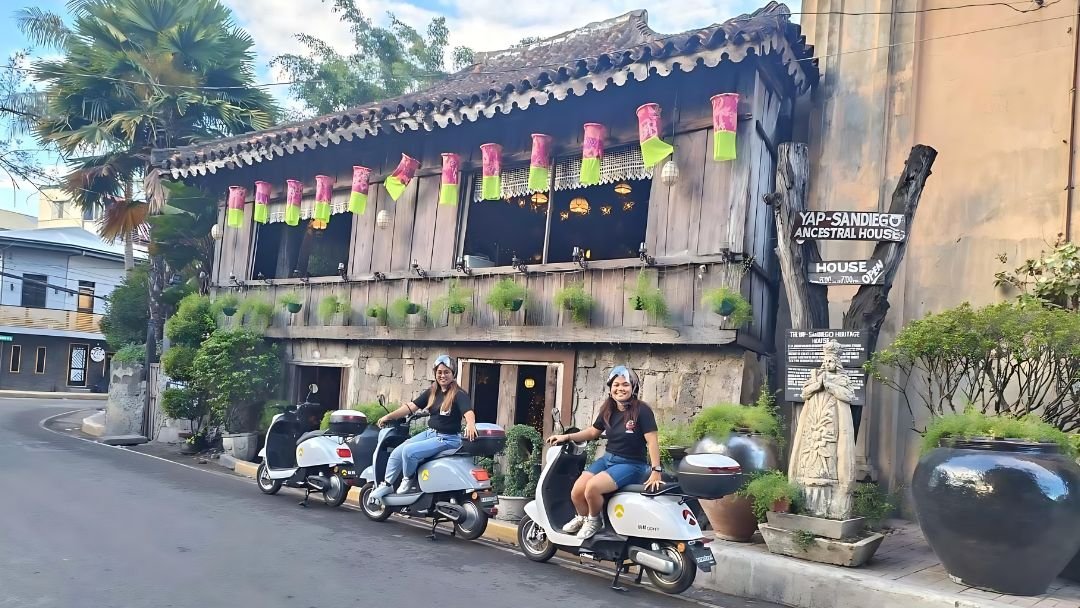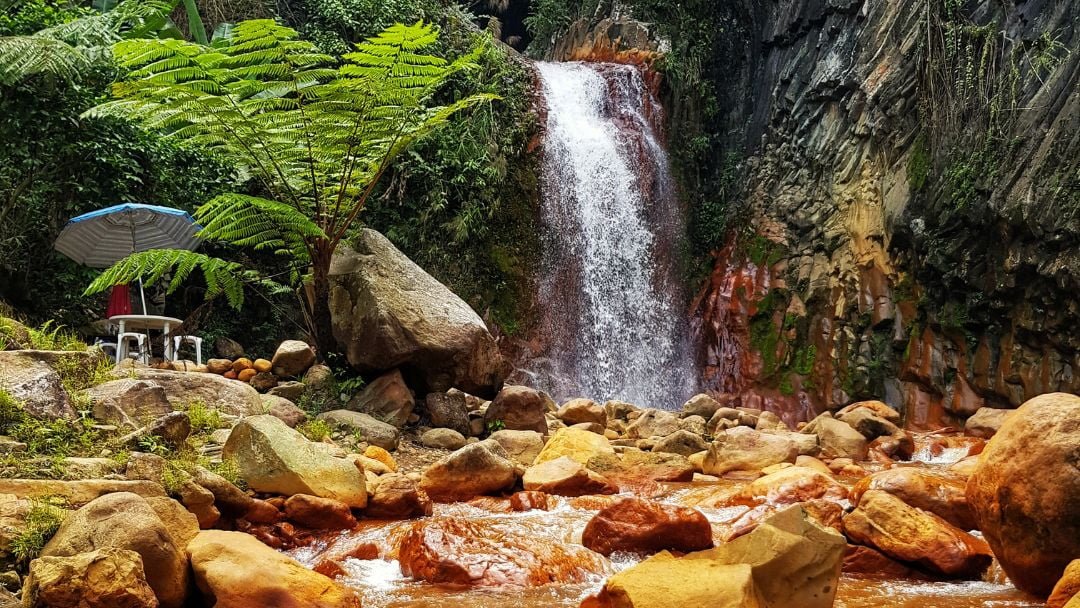Cebu is a beautiful province located in the Central Visayas region of the Philippines. It is known for its pristine beaches, crystal clear waters, lush greenery, and rich culture. It is one of the top tourist destinations in the Philippines, attracting millions of visitors every year. In this article, we will take you on a virtual tour of Cebu’s top tourist spots, giving you a complete itinerary that you can follow to make the most of your trip.
Introduction to Cebu
Cebu is the oldest city in the Philippines and the first Spanish settlement. It is a province of over 167 islands, with Cebu Island being the largest and the most populated. Cebu is known for its rich history, culture, and traditions, as well as its stunning beaches, majestic mountains, and vibrant nightlife.
Best Time to Visit Cebu
Cebu has a tropical climate, with the best time to visit being from November to May. During this time, the weather is warm and dry, making it ideal for outdoor activities.
Day 1: Historical Tour of Cebu
Cebu is rich in history, with a number of historical landmarks and sites that you can visit. Here’s a day-long itinerary that you can follow to explore the historical side of Cebu:
Magellan’s Cross
Start your day by visiting Magellan’s Cross, a landmark that marks the arrival of Ferdinand Magellan in Cebu in 1521. It is located in the heart of Cebu City and is one of the most iconic landmarks in the Philippines.
Basilica del Santo Niño
Next, head to the Basilica del Santo Niño, the oldest Roman Catholic Church in the Philippines. The church houses the Santo Niño de Cebu, a religious relic that is believed to be miraculous.
Fort San Pedro
After the church, visit Fort San Pedro, a military defense structure built by the Spanish in the 16th century. It is a well-preserved historical landmark that offers a glimpse of Cebu’s colonial past.
Casa Gorordo Museum
End your historical tour at the Casa Gorordo Museum, a 19th-century house that has been converted into a museum. The museum showcases the lifestyle and culture of Cebuano families during the Spanish colonial period.
Day 2: Island Hopping Tour
Cebu is surrounded by beautiful islands that are perfect for island hopping. Here’s a day-long itinerary that you can follow to explore some of Cebu’s most beautiful islands:
Mactan Island
Start your island hopping tour by visiting Mactan Island, which is located just a few kilometers away from Cebu City. Mactan Island is known for its beautiful beaches, crystal-clear waters, and water sports activities.
Nalusuan Island
Next, head to Nalusuan Island, a small island that is perfect for snorkeling and diving. The island is home to a marine sanctuary that is home to a variety of marine species.
Caohagan Island
After Nalusuan Island, visit Caohagan Island, a small island that is known for its white sand beach and crystal-clear waters. The island is perfect for swimming, sunbathing, and relaxing.
Olango Island
End your island hopping tour at Olango Island, which is home to the Olango Island Wildlife Sanctuary. The sanctuary is home to a variety of migratory birds, making it a popular spot for birdwatchers.
Day 3: Nature Tour of Cebu
Here’s a day-long itinerary that you can follow to explore the natural beauty of Cebu:
Osmeña Peak
Start your day by visiting Osmeña Peak, the highest peak in Cebu. The peak offers a stunning view of the island and is a popular spot for hiking and camping.
Kawasan Falls
Next, head to Kawasan Falls, a three-tiered waterfall located in Badian. The falls are known for their turquoise waters and are perfect for swimming, diving, and canyoneering.
Sirao Flower Farm
After Kawasan Falls, visit Sirao Flower Farm, also known as the “Little Amsterdam of Cebu.” The farm is home to thousands of celosia flowers that bloom every year, creating a stunning landscape.
Temple of Leah
End your nature tour at the Temple of Leah, a Roman-inspired temple that was built as a tribute to a man’s love for his wife. The temple offers a stunning view of the city and is a popular spot for sunset viewing.
Day 4: Beach Hopping Tour
Cebu is known for its stunning beaches, with a number of them located on the island’s coast. Here’s a day-long itinerary that you can follow to explore some of Cebu’s best beaches:
Moalboal Beach
Start your beach hopping tour at Moalboal Beach, a white sand beach that is perfect for swimming, snorkeling, and diving. The beach is also home to a number of resorts and restaurants.
Bantayan Island
Next, head to Bantayan Island, a small island that is known for its crystal-clear waters and powdery white sand. The island is perfect for swimming, sunbathing, and relaxing.
Malapascua Island
After Bantayan Island, visit Malapascua Island, a small island that is known for its white sand beach and crystal-clear waters. The island is also a popular spot for diving, as it is home to thresher sharks and other marine species.
Camotes Islands
End your beach hopping tour at Camotes Islands, a group of islands that are known for their pristine beaches, crystal-clear waters, and lush greenery. The islands are perfect for swimming, snorkeling, and island hopping.
Cebu is a beautiful province that has something to offer for everyone. Whether you’re a history buff, a nature lover, or a beach bum, Cebu has it all. We hope this itinerary has helped you plan your trip to Cebu and has given you a glimpse of what this beautiful province has to offer.
Can I swim with whale sharks in Cebu?
Yes, you can swim with whale sharks in Oslob, a town located in the southern part of Cebu. It is a popular activity for nature enthusiasts.
What other activities can I do in Cebu?
Are there any vegan or vegetarian restaurants in Cebu?
Yes, Cebu has a growing number of vegan and vegetarian restaurants that offer a wide range of plant-based dishes to cater to different dietary preferences.










